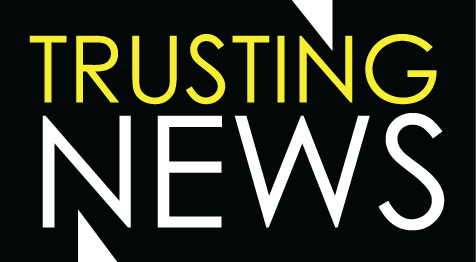Journalists are People Too
KING 5 anchors discuss inter-racial friendship
WCPO shares station’s commitment to community
Trust Tip #71: Acknowledge what you don’t know

Each week in the Trust Tips newsletter, we break earning trust down into one quick, actionable tip.
Subscribe here.
